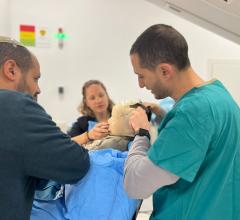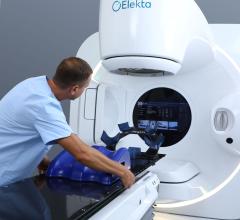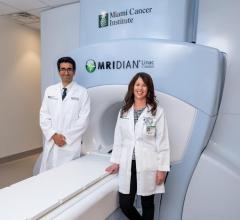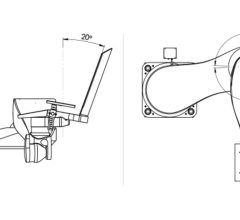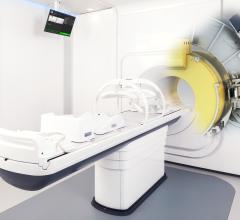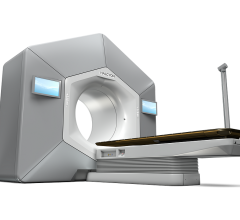June 25, 2008 - Many women with breast cancer may not need six weeks of daily radiation after surgery, according to findings presented at the International Society of Intraoperative Radiation Therapy in Madrid, Spain, demonstrating that the standard radiation regimen for some lumpectomy patients, already expensive, sometimes painful, and very time-consuming, may be unnecessary,
Surgeon Dr. Umberto Veronesi, founder of the European Institute of Oncology, shared for the first time the results of the eight-year randomized trial comparing his breast cancer patients’ response to two types of radiation therapy. The results so far show that women who received breast conserving surgery, followed by a single dose of intraoperative electron-beam radiation therapy (IOERT) at the time of surgery, had an equal chance of survival as women who underwent the surgery, followed by six weeks of post-operative radiation therapy.
Dr. Veronesi told the cancer specialists attending ISIORT from 21 countries around the world that IOERT has “obvious advantages in terms of overall treatment time, costs, patient comfort, cosmetic results and quality of life.” He continued, “In my opinion, this will become the routine procedure for breast conserving therapy.”
But while IOERT is quickly becoming the protocol for breast cancer radiation therapy in Europe, most American women are unaware this choice even exists. Those that dare to bring the alternative radiation treatment to their doctors’ attention are experiencing resistance from hospitals unwilling to investigate the devices that administer this treatment.
IOERT is the process of delivering a very effective dose of electron-beam radiation to cancer patients during surgery. By pinpointing the exact area that requires radiation, doctors can deliver a direct dose to affected tissue without passing through the surrounding healthy organs and harming them.
The only FDA-approved device available in North America that is capable of delivering the IOERT treatment extolled by Dr. Veronesi in an unshielded operating room is IntraOp’s Mobetron. The Mobetron is the first fully portable, self-shielded linear accelerator that can be used in an existing operating room.
In addition to their breast cancer program, the University of North Carolina Lineberger Comprehensive Cancer Center uses the Mobetron to deliver IOERT to more than ten different types of cancer. There are four additional hospitals in the US that own the Mobetron and are planning on adding a breast cancer protocol to their ongoing IOERT program.
For more information: www.intraopmedical.com


 June 14, 2024
June 14, 2024 


